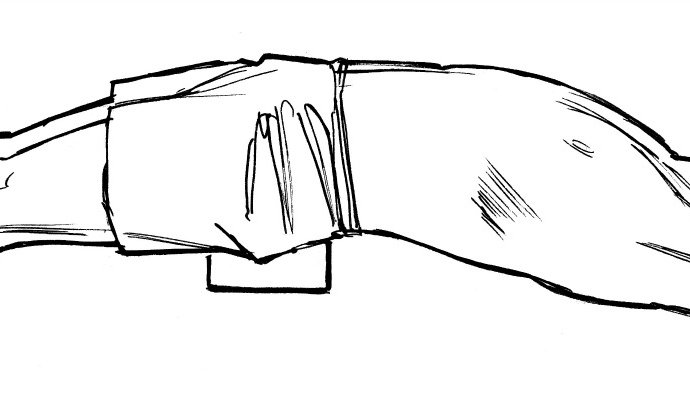
Lumbar Spine Stretch for back pain
If you are in pain from spinal stenosis, you probably don't even want to think about exercising. You should certainly avoid any activities that put too much stress on your spine (contact sports, for example). At the same time, you shouldn't stop exercising all together because healthy, strong muscles offer more support to your back. Plus, if you don't move at all—if you think that resting in bed will heal your pain—please know that you could actually make your pain worse.
Walking is a suitable exercise if you have spinal stenosis. Swimming is also an ideal exercise because it exercises all your back muscles in a safe, supportive environment. The water supports your weight well, which means that there's less weight on your back. You could also combine walking and swimming and do some water walking.
Gentle stretches that relieve the pressure are your nerves are great, too. Because spinal stenosis decreases the space your spinal cord and nerve roots go through, you should do exercises that open up that space. Generally, spine specialists recommend flexion exercises for spinal stenosis—exercises that round your back. If you did extension exercises (where you arch your back), you may pinch the nerves even more.
To help you, SpineUniverse has put together exercise videos showing what exercises to do for spinal stenosis.
Here are a few important things to keep in mind:
- These videos are general guidelines. You should not do any of the stretches or exercises shown unless directed by your spine professional.
- If you think of exercising as a 10 mile run followed by weight lifting, you may have to modify your exercise plan because of your pain. Your physician, physical therapist, or other spine professional will help you adjust your expectations within the context of your symptoms from spinal stenosis.
- Don’t push yourself too hard while doing the exercises; you don’t want to injure yourself more. If you experience any pain or other symptoms (weakness, tingling, numbness, etc.), please contact your spine professional immediately.









